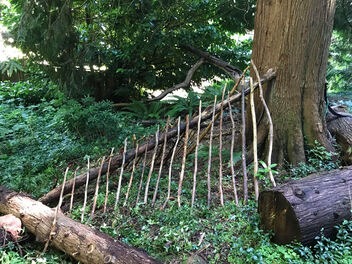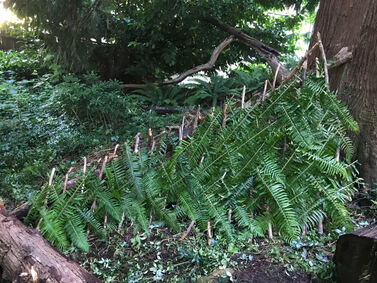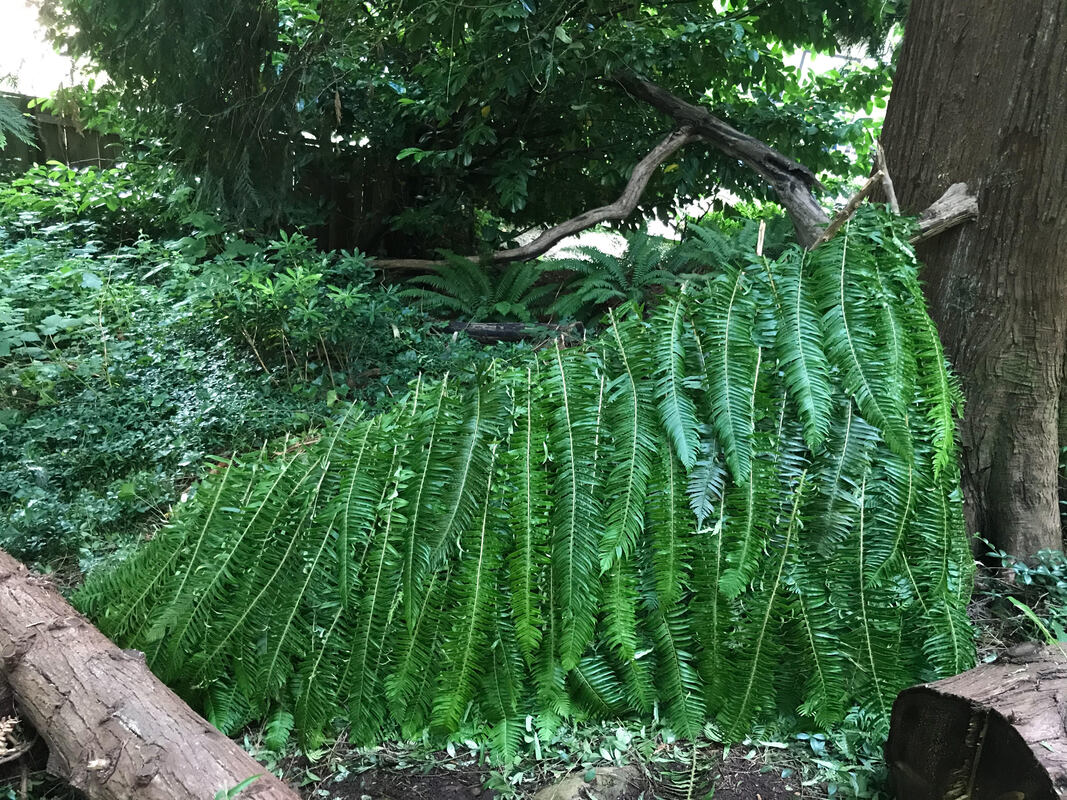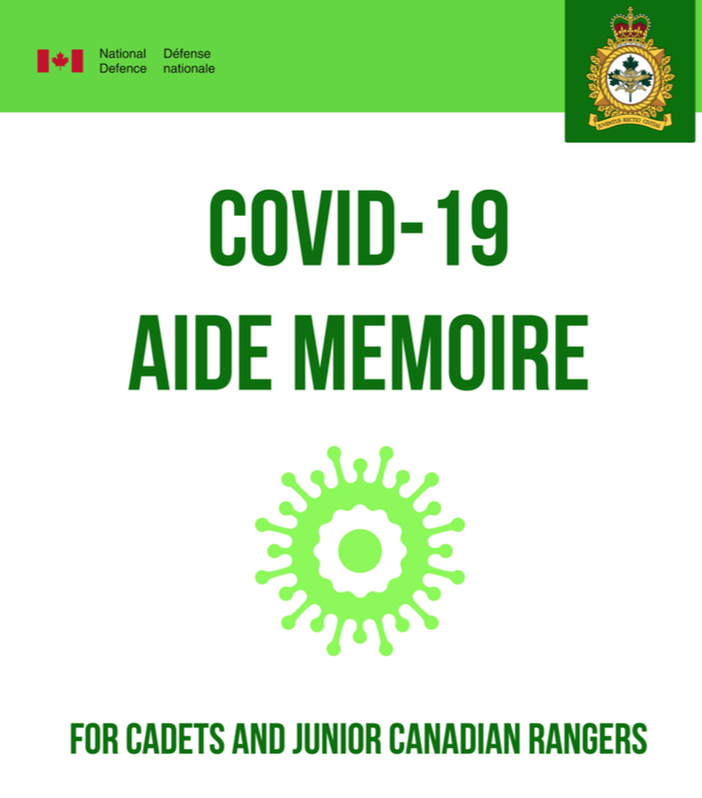 I challenge all cadets to construct/build one aspect of survival, whether that be a shelter, a signal fire, a water collection device or something else - campcrafts are encouraged. If you don't have access to natural materials or spaces, make a model instead! For inspiration, see the photos of my shelter in this post. Here's how I built my shelter: 1. Construct a skeleton-like frame for the A-frame. Lean one end of a thick, lengthy stick on the side of a tree. Then, use smaller sticks to form the structure of the shelter, branching off of the main stick. Make sure to use sturdy and straight sticks.  2. Ferns and pine valves are used to weatherproof and insulate the shelter. To start, a helpful technique is to lay the ferns diagonally across the stick frame, creating a base for other ferns and pine valves to be laid on. Other than the base, ferns should be layered with the stem at the top and with the dark side facing out. This will ensure that the shelter is waterproof.  3. The finished shelter should look similar to this. Notice how the ferns are placed. To ensure that the shelter is proper, make sure that the ferns are at least one foot thick. A good way to check if there are any holes is to use a flashlight from the top of the shelter and to look from inside for any places where light shines through. If the flashlight does not shine through, the shelter is proper and weatherproof. All cadets are encouraged to submit photos of their work via the squadron Slack or to [email protected]! All cadets and staff: please review this updated COVID-19 Aide Memoire from Natl CJCR Sp Gp. It contains valuable information on the virus and strategies for staying healthy and preventing it from spreading.
This summer three Virtual Cadet Training Centres will help deliver exciting challenges and activities for cadets. Throughout the summer they will offer different opportunities for cadets to further develop both personal and cadet skills in a new, virtual setting.
Cadets will have the opportunities to participate in flexible, voluntary training opportunities either independently at their own pace or in facilitated sessions. 5-weeks of summer training activities Cadets will be able to take five weeks of distance learning activities during the summer, for about two to three hours per week. The choice of the 22 activities is the same as those offered on the "Cadet Activities" portal on the Extranet and posted on the Cadet Learning / Apprentissage des cadets Facebook page, and detailed in the Virtual CTC course Schedule. Registration Registration for these activities will open on Monday, 29 June at 0800hrs PST and will be filled on a first come, first serve basis. In order for cadets to register for these activities, Cadets will need to send an email to their Regional Cadet Support Unit (RCSU) with the following information:
Cadets must send an email to the following address: [email protected] Cadets’ email must be send from their personal email address or an email that they can access. A parent email, that the cadet cannot access, should not be used. Cadets will be contacted once they are loaded on an activity, and provided instructions on how to log in to the learning tools required to participate in the activity. Calling all Thunderbirds, past and present! Register to ride and join our team to fight kids cancer: Thunderbirds are Go!
|
Archives
January 2024
Categories |

 RSS Feed
RSS Feed